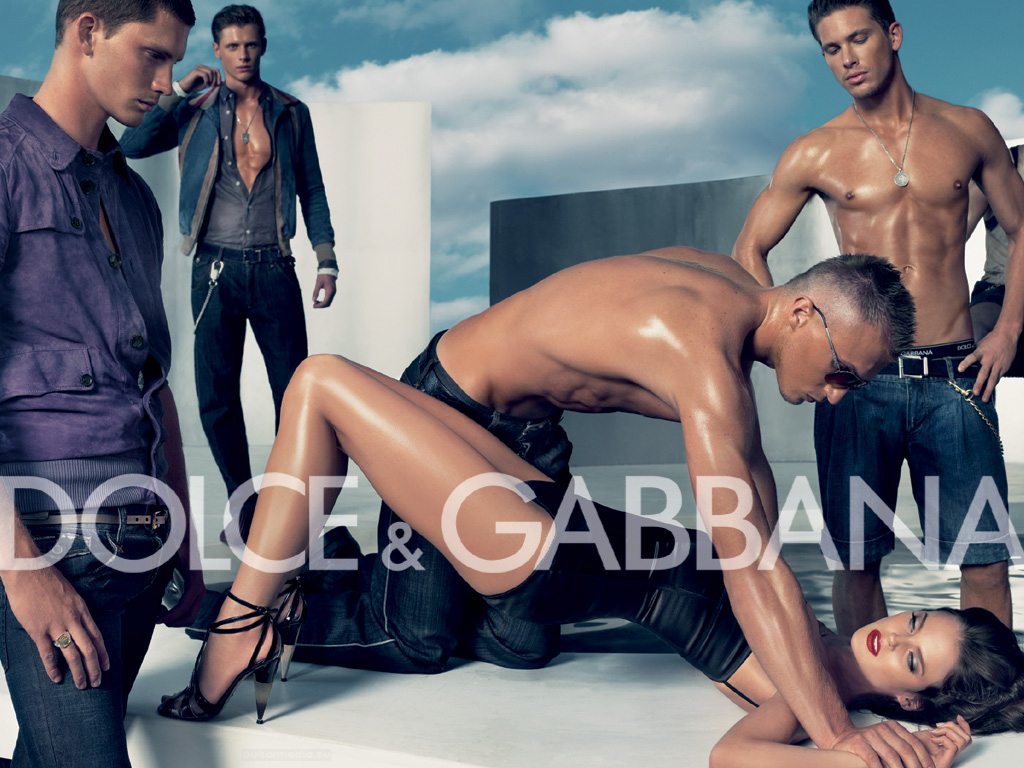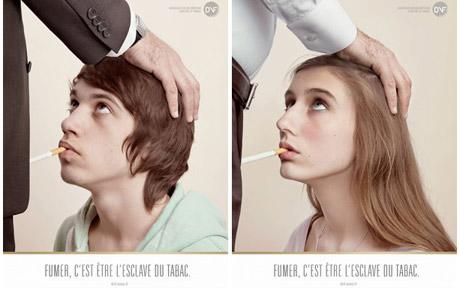Here’s to the end of my Comm 296 journey. It was a short and fulfilling experience, broadening my perspective of the marketing world. One major takeaway from this class would definitely be the time spent on our group projects.
Along with my fellow group members, our project’s focus was on the retail fast-fashion giant, Zara.
Our task of uncovering the company’s current environment and segmentation practices was much more arduous than I expected. I would have to say that gathering all the necessary information was the toughest aspect since much of Zara’s information, such as financial reports and various statistics, are not disclosed to the public. However, all our efforts paid off and I saw how the initial assignments of this project all came together and contributed towards our final group video.
Creating a video was not only a creative way to share our newfound knowledge of the firm, but also aided me in seeing how all the different steps of marketing came together to create a marketing plan that strategically addresses issues and opportunities the firm may have.
If I were given a chance to re-do this project, I would honestly say that I wish I had put in more effort into uncovering Zara’s opportunities in targeting the dominant market of fashion-forward young woman, and also in gathering quantitative data to support my analyses. All in all, this project truly changed how I view marketing, from the common misconception of “just advertising” and campaigns, to the more in-depth consumer and research-based aspect of it all.




